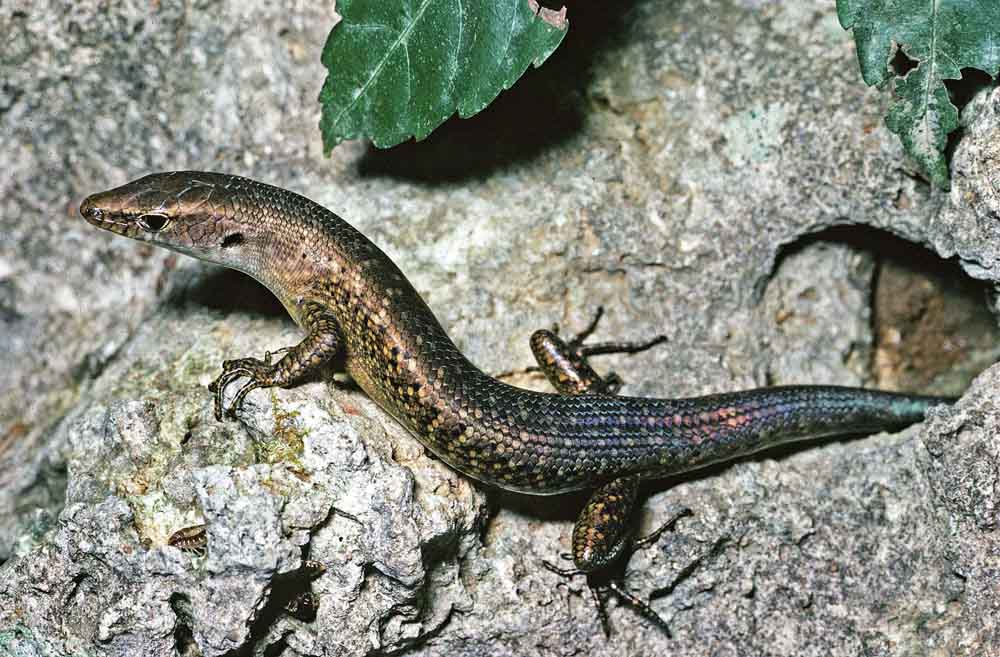
Keeping up with biodiversity loss
Thursday, 26 November 2015Australia has a high rate of extinctions. The rate of loss is continuing, unabated. Some recent extinctions have occurred without relevant managers having sufficient foreknowledge the species is close to disappearing.
“The problem is that the Australian threatened species list, which is what most conservation managers and policy makers refer to, is failing to keep abreast of the actual rate of biodiversity loss,” said Professor John Woinarski from Charles Darwin University.
The Threatened Species Recovery Hub’s Project 2.1 will work to ensure that policy makers and project managers have more reliable and up to date information about species closest to extinction.
“There should be no regrets or surprises. If all the relevant ministers, policy makers and project managers are aware of a high extinction risk, then they have an opportunity to avert it.”
Led by Professors John Woinarski and Stephen Garnett, the Project will develop mechanisms to complement the Australian threatened species list to help reduce the risk of further species’ loss.
“It’s remarkable how rapidly some species have disappeared, and sometimes it’s hard to predict. The forest skink on Christmas Island is a classic case – it was only officially recognised as threatened five months before it was extinct,” said Professor Woinarski.
Researchers will identify fauna species facing imminent risk of extinction and work with on-ground management agencies (state government, NGOs etc.) to identify and prioritise management responses.
“We will also be looking to work closely with the Hub’s monitoring project. A better handle on a species’ current population trajectory provides more confidence about estimating the risks and likelihood of extinction.”
“Initially we’ll develop modelling to predict extinction risk amongst birds and mammals, for which there is generally more information, and then proceed to other vertebrates and invertebrates in subsequent stages.”
“The species we’re fighting for don’t have to be the most charismatic or well known - much of Australia’s biodiversity loss has occurred in less charismatic species.”
“For all highly imperilled species, we’ll review the existing or proposed management actions and attempt to refine and improve them. At the end of this project we should have alerted all relevant ministers, policy makers and managers – there should be no excuses or surprises.”
Project 2.1 links in with other work taking place through the Hub, to provide the Minister for the Environment, Threatened Species Commissioner and Federal Department of The Environment with evidence to inform policy and on-ground threatened species management decisions.
Featured image: An example of insufficient warning of extinction-risk.
The Christmas Island forest skink was not formally recognised as threatened until December 2013, far too late to prevent its extinction on 31 May 2014.
Photo: Hal Cogger
-

The Australian freshwater fishes at greatest risk of extinction
Tuesday, 01 September 2020 -

Preventing extinctions of Australian lizards and snakes
Tuesday, 02 February 2021 -

Saving Tasmania's difficult birds
Monday, 27 July 2020 -

Please save these frogs: The 26 Australian species at greatest risk of extinction
Friday, 20 August 2021
-
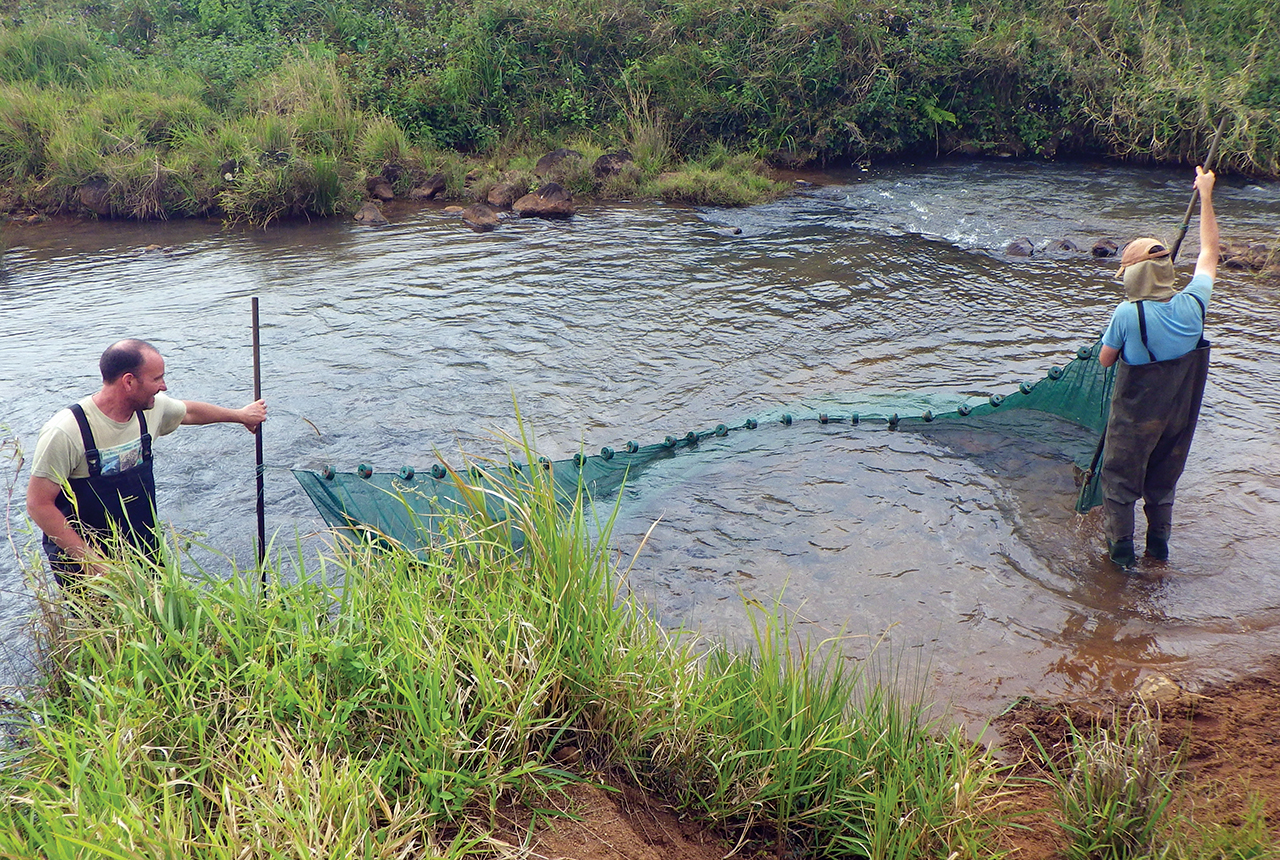
Big trouble for little fish: The 22 freshwater fishes at risk of extinction
Wednesday, 21 October 2020 -
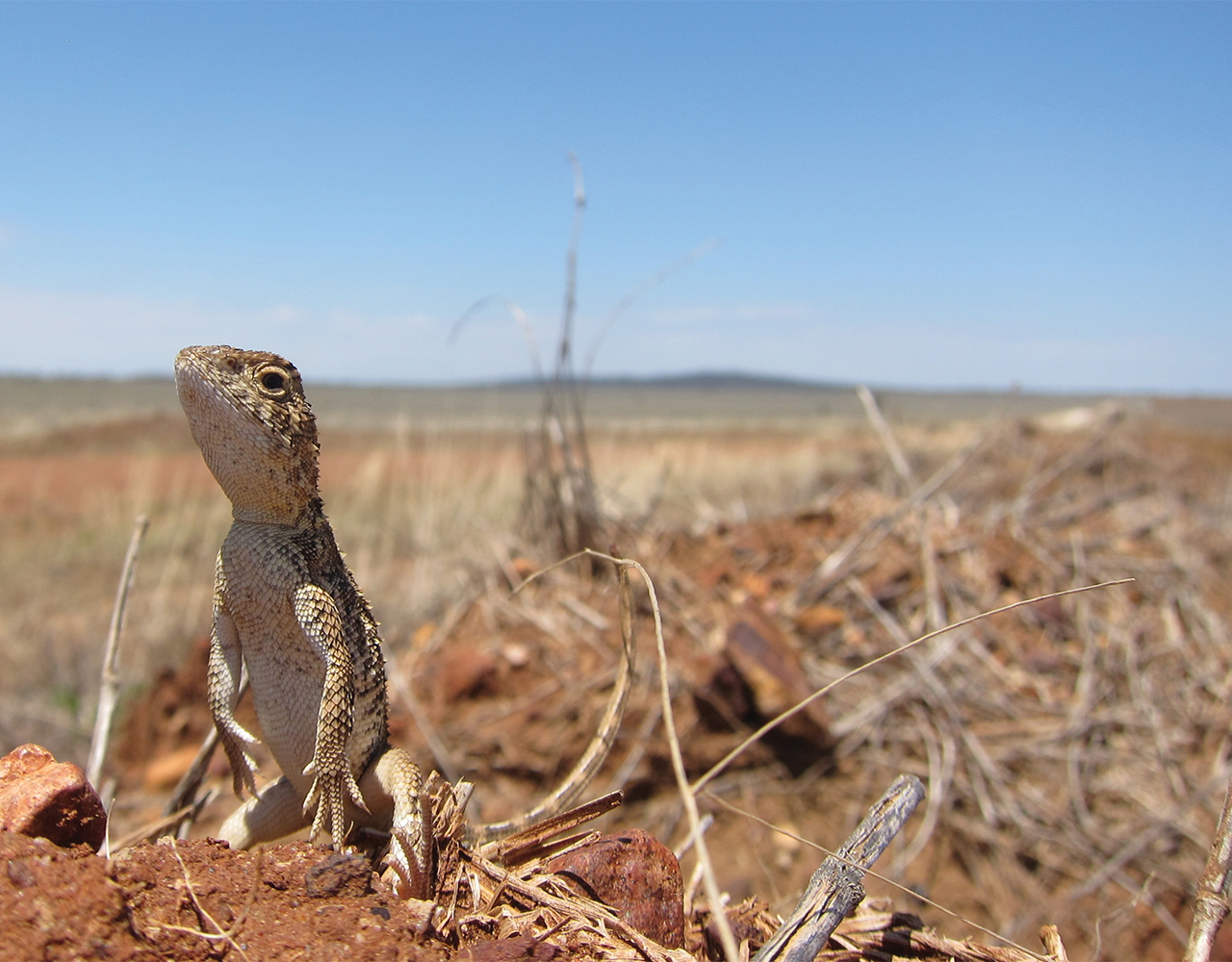
Unique yet neglected: The Australian snakes and lizards on a path to extinction
Tuesday, 10 November 2020 -
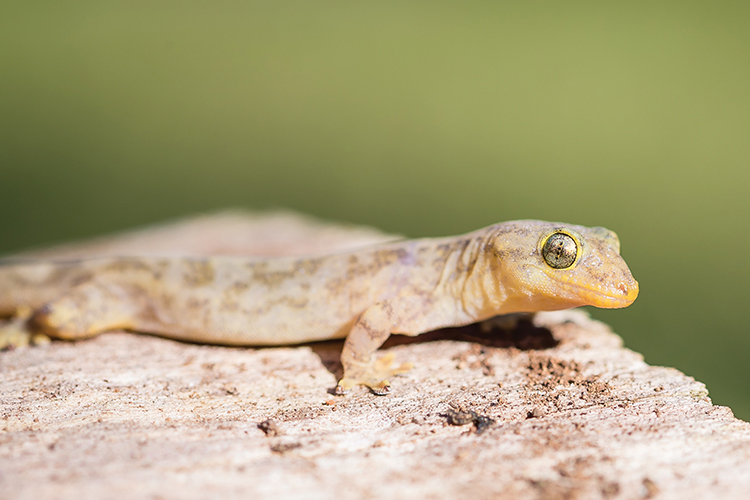
A review of listed extinctions in Australia
Tuesday, 12 November 2019 -
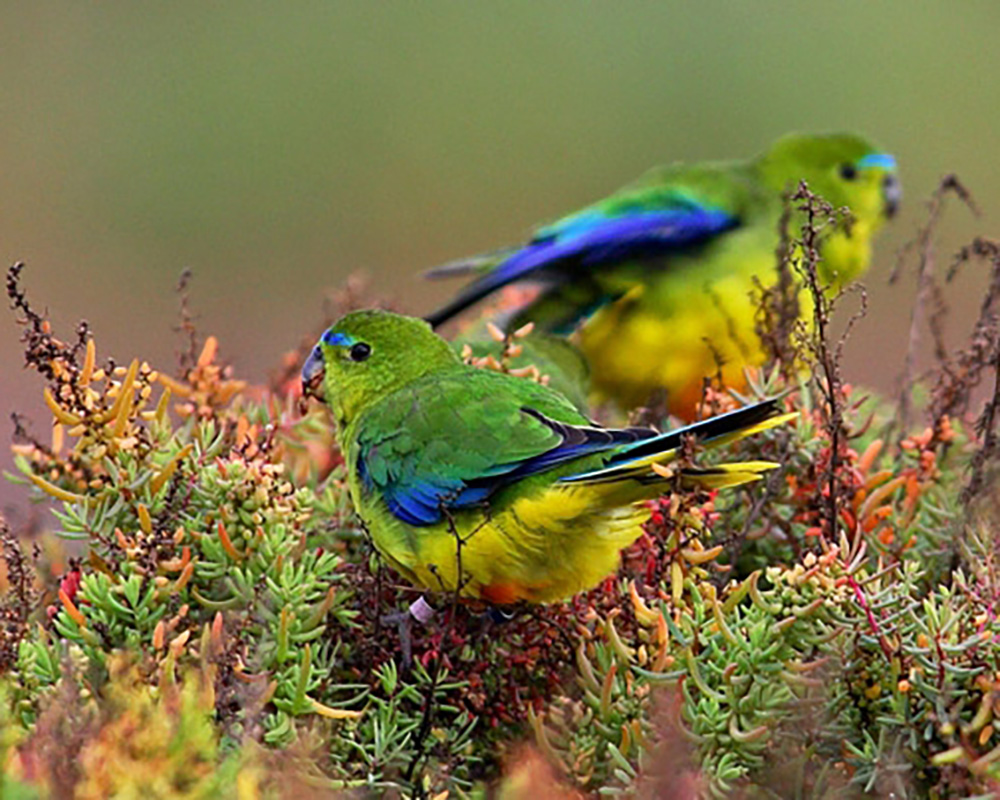
No surprises, no regrets: Identifying Australia's most imperilled animal species
Monday, 24 September 2018 -
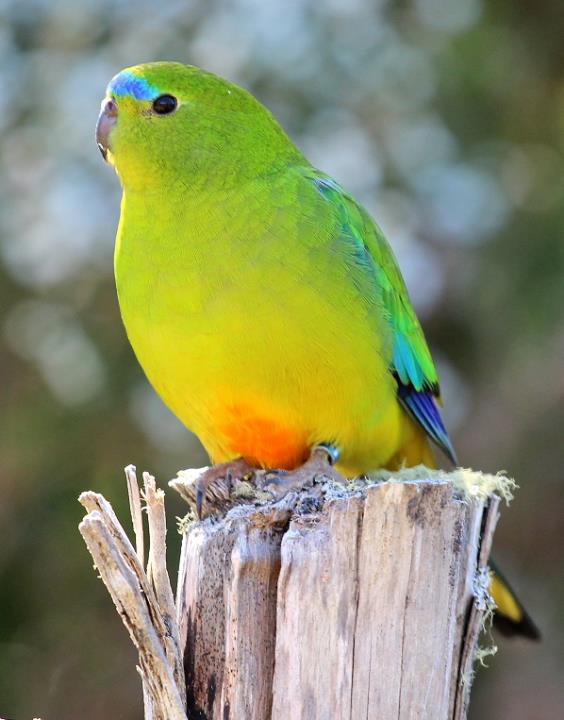
Tasmanian birds top endangered species list
Thursday, 07 July 2016 -
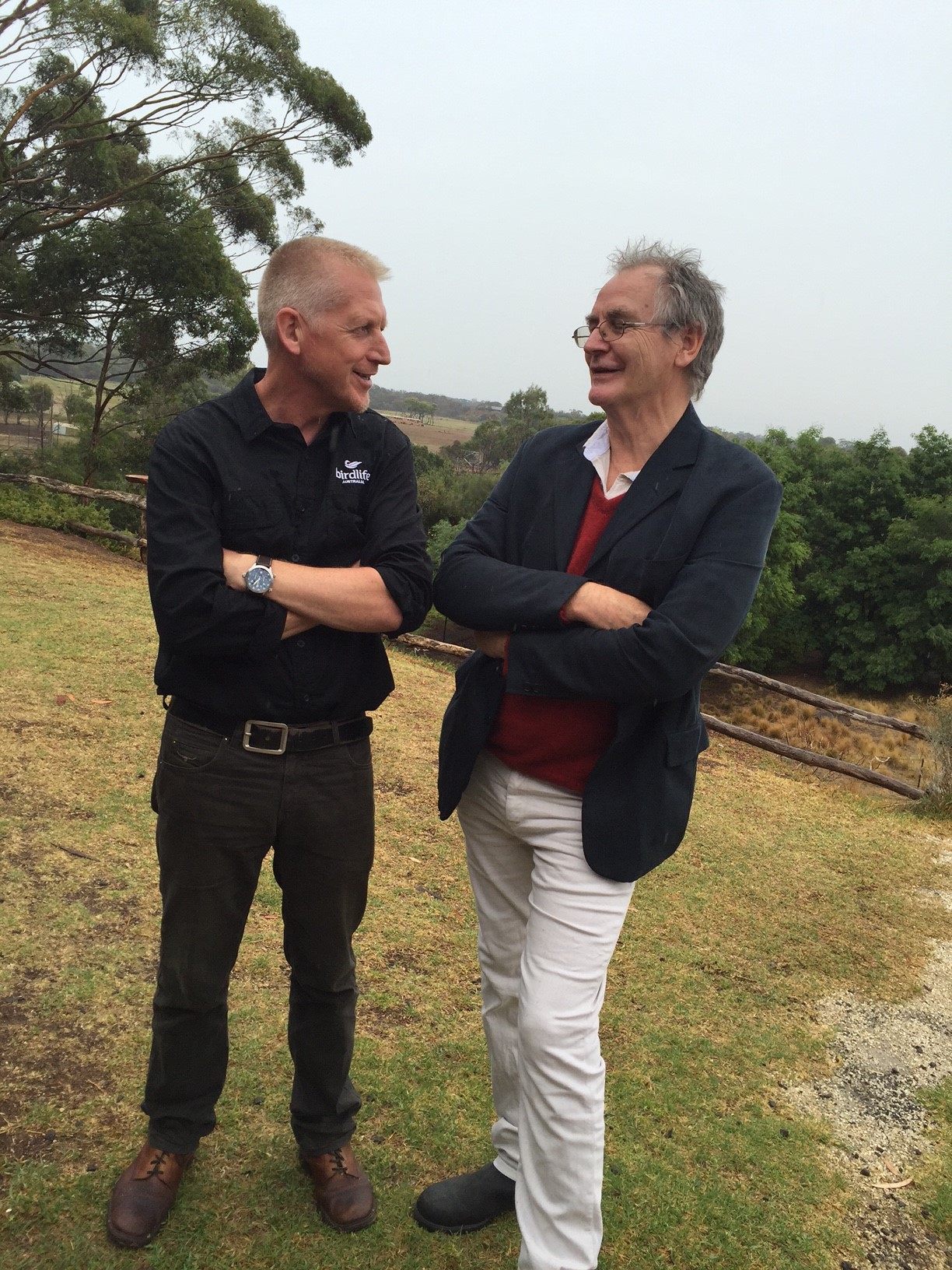
2020 target set for more threatened species
Monday, 28 March 2016 -
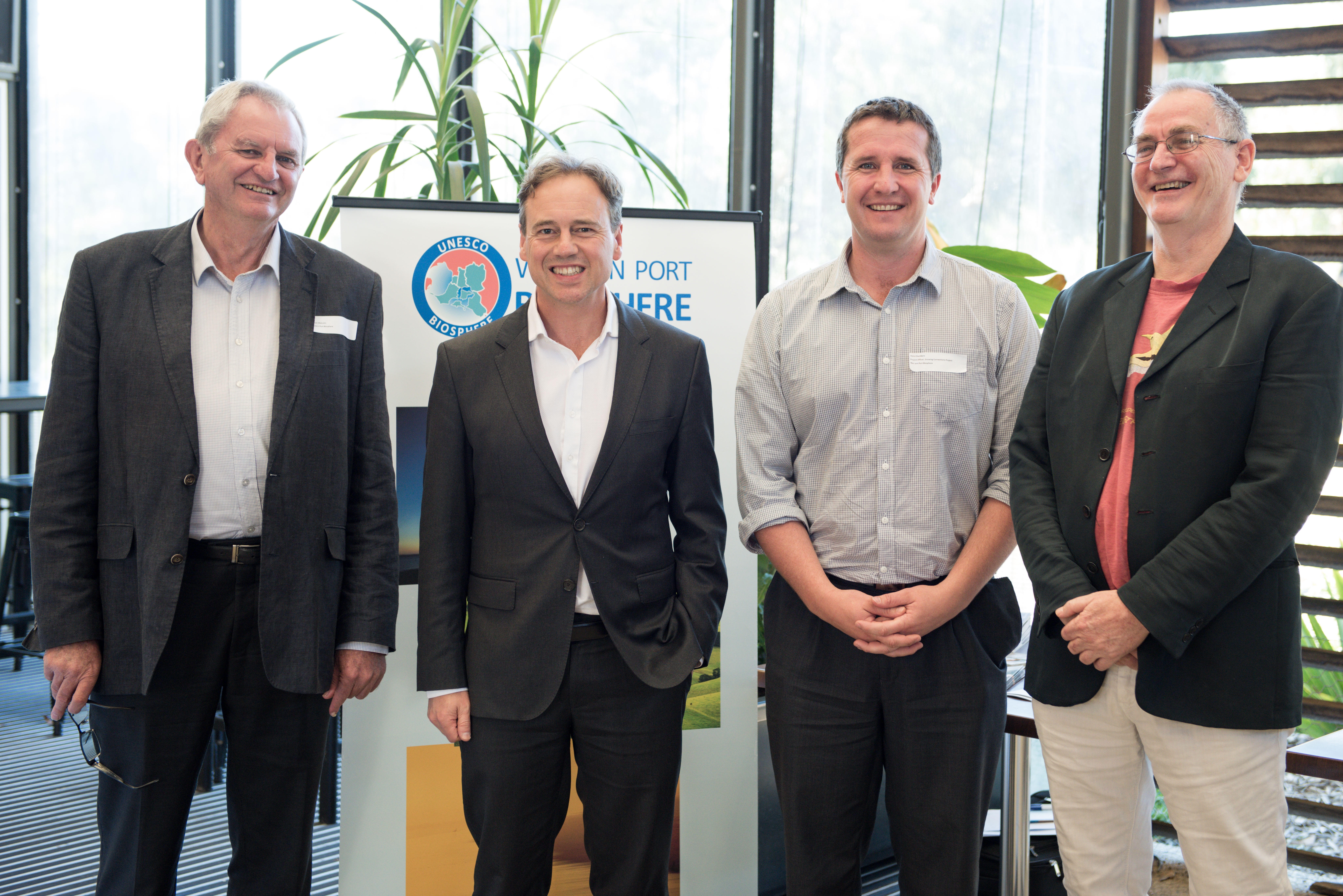
Reflections on loss
Thursday, 09 June 2016 -
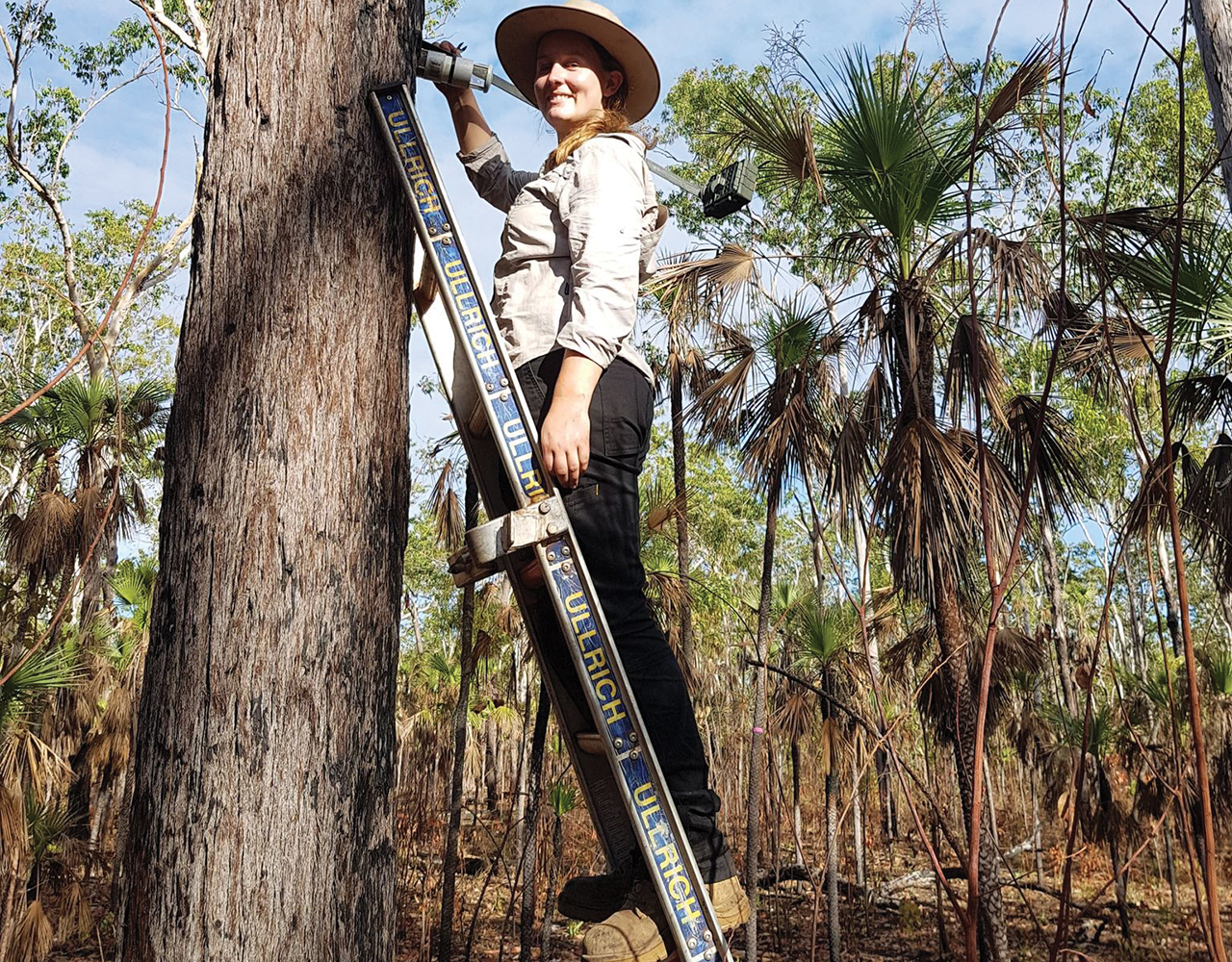
Researcher Profile: Hayley Geyle
Wednesday, 28 October 2020 -
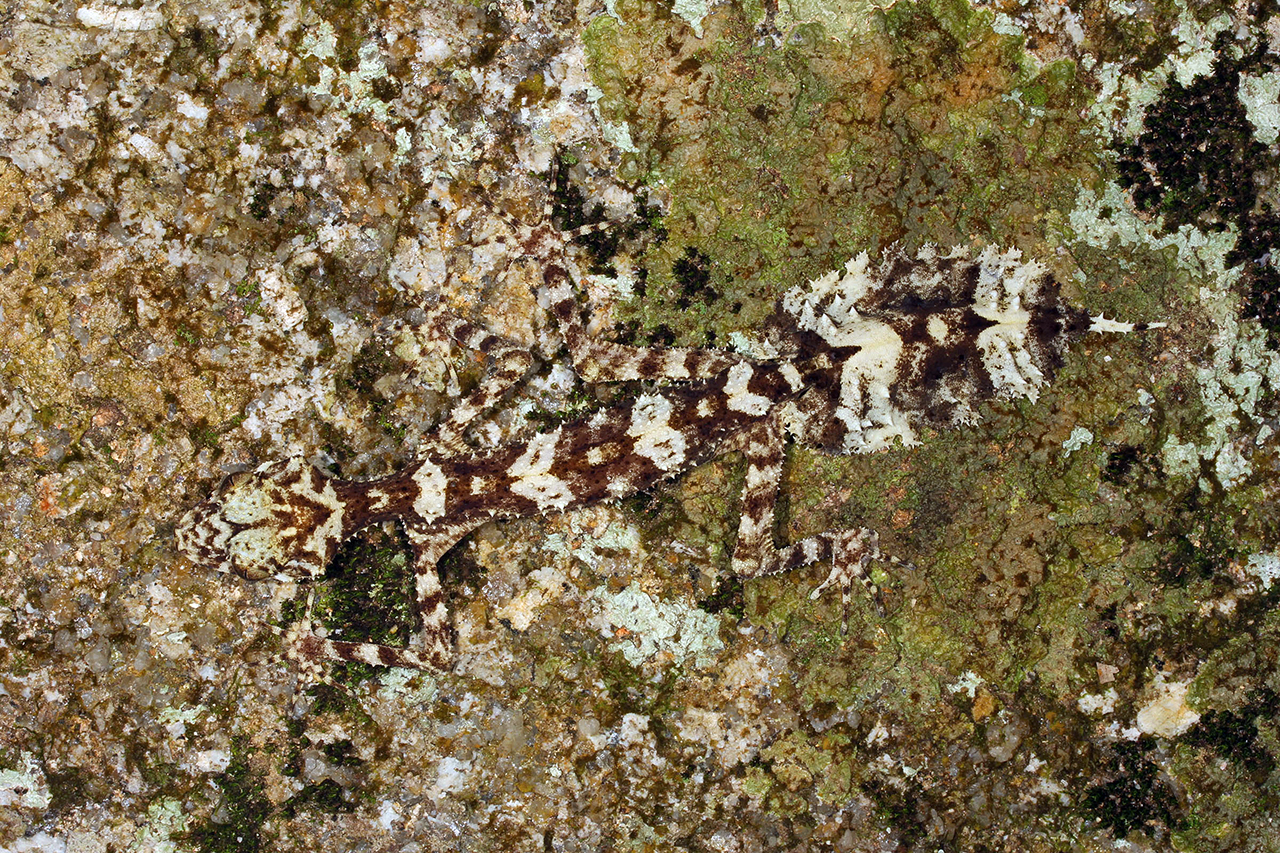
Aussie icons at risk: Scientists name 20 snakes and lizards on path to extinction
Tuesday, 29 September 2020 -
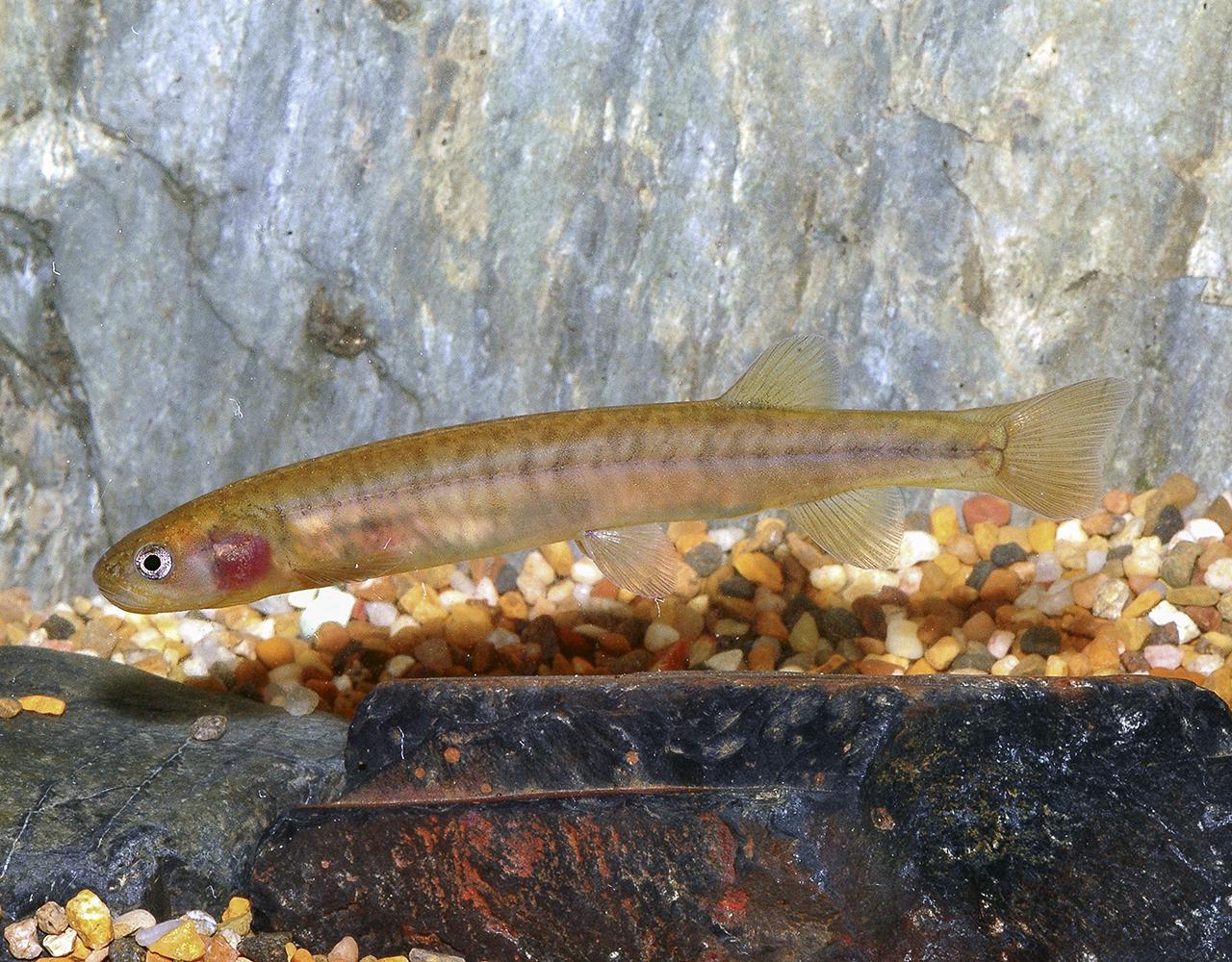
22 Australian freshwater fish at risk of extinction
Tuesday, 29 September 2020 -
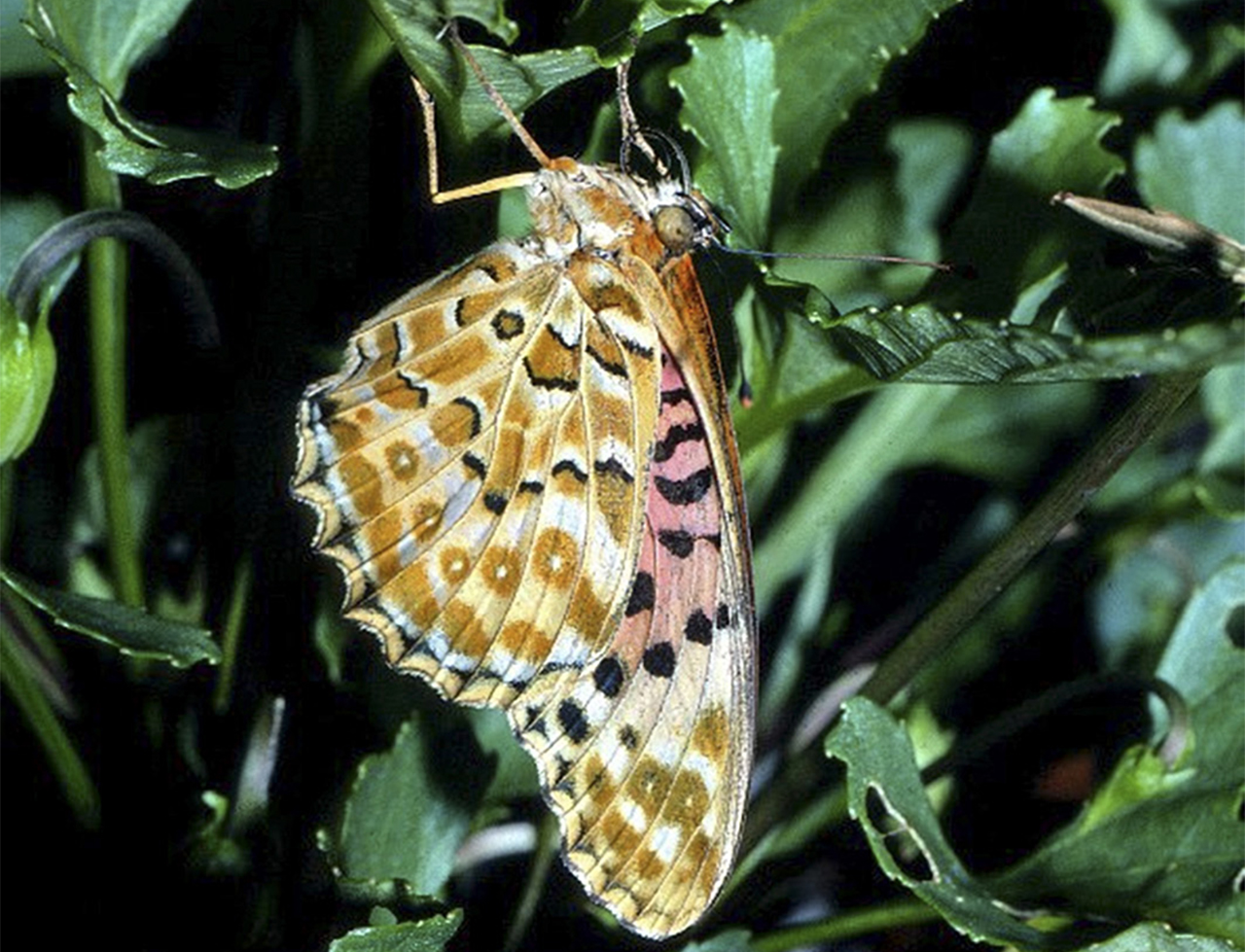
‘Australian Fritillary’ and ‘Pale Imperial Hairstreak’ top list of butterflies at risk of extinction
Tuesday, 27 April 2021 -
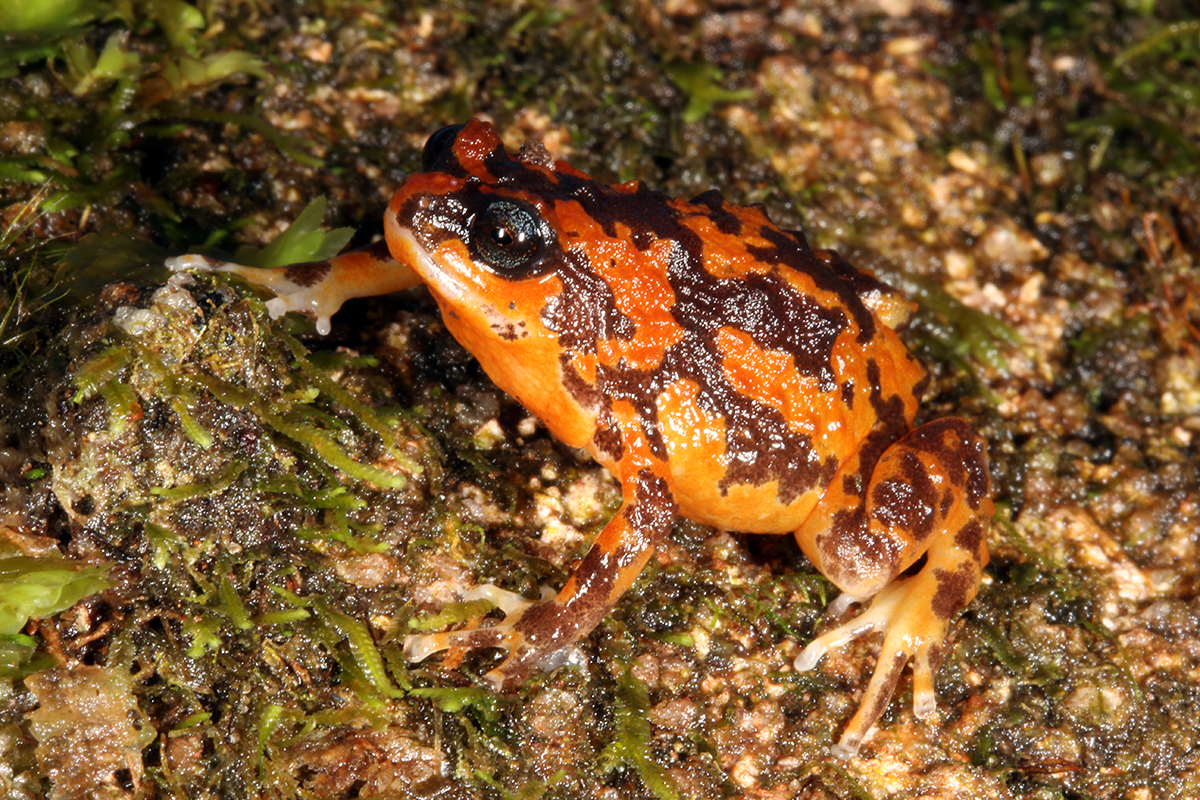
These frogs need our help: Scientists name the Australian frogs at greatest risk of extinction, four likely already lost
Friday, 20 August 2021
